Ribana knitwear - what is it? This fabric has become widespread and is used for sewing both children's and adult clothing. Due to the fact that the basis of this fabric is 100% natural cotton, the material is environmentally friendly and is widely used for sewing things both on an industrial scale and among individual craftsmen. Ribana clothing has a number of useful properties and, with proper care, has a long service life and is worn "like singing".
- Ribana: what kind of fabric is it and what does it consist of?
- Manufacturing process
- Types of ribana, what kind of fabric it is and what is sewn from it
- What is sewn from ribana?
- Advantages and disadvantages of ribana knitwear
- Cutting and sewing techniques using ribana
- How to care for ribana at home
- Consumer Reviews
Ribana: what kind of fabric is it and what does it consist of?
Ribana is a cotton knitted fabric with a ribbed surface that stretches well and is widely used for sewing sweaters, socks, vests, blouses, underwear and other clothing. A characteristic feature of knitwear is a special type of weaving, where the front loops of the fabric are intertwined with the internal ones. In appearance and texture, the resulting knitted material resembles "elastic".
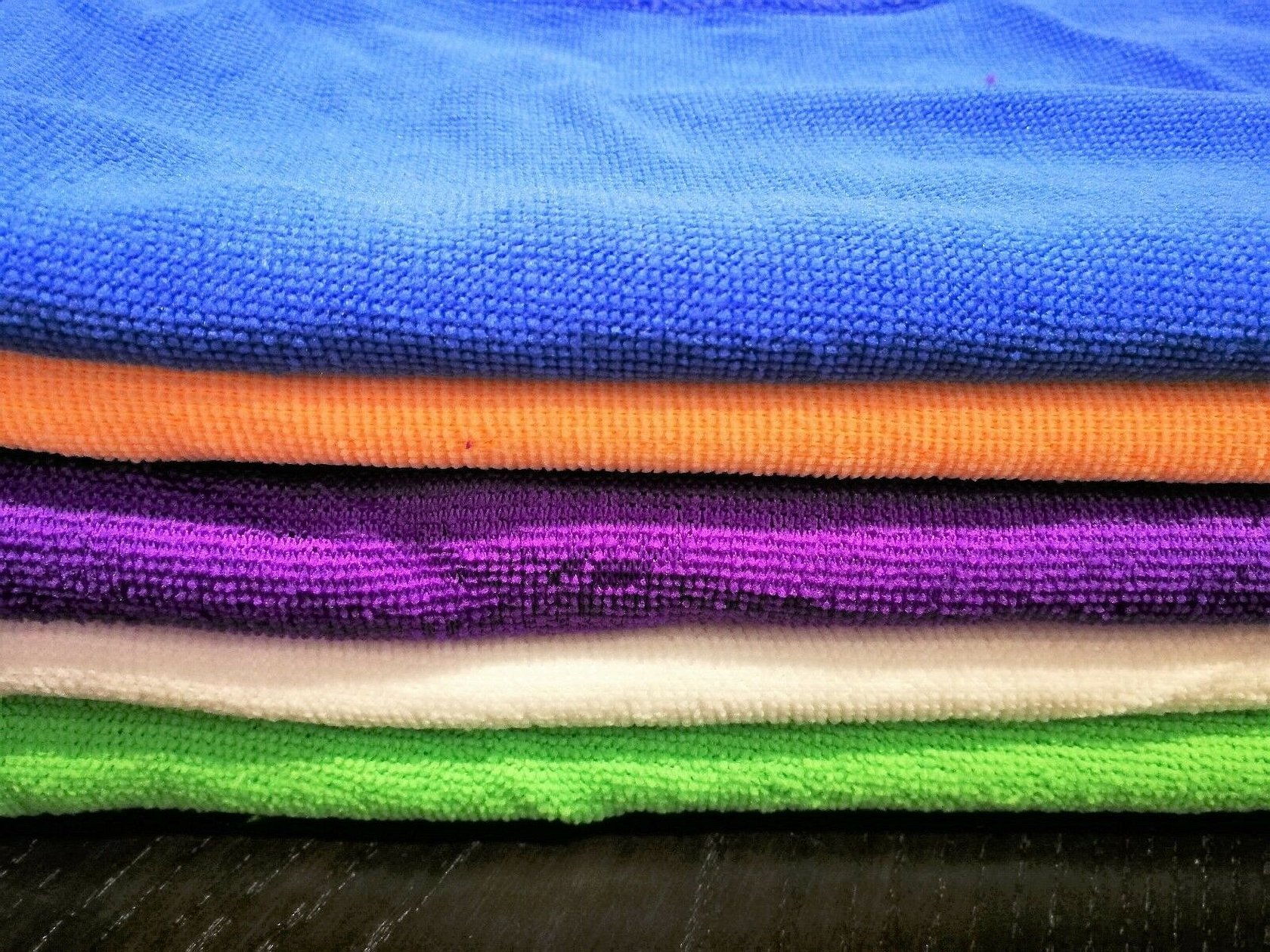
Ribana knitwear consists of 100% cotton, but sometimes 1 to 5% synthetics are allowed in the fabric structure. This can be lycra, polyester, viscose and/or elastane.
Additional information! The above mentioned synthetic materials make ribana more elastic, and clothes made from it warmer and more pleasant to the touch.
It has a number of positive properties and characteristics:
- The fabric is very elastic and durable.
- The material does not cause allergic reactions - due to the fact that the fabric is 100% cotton, products made from it can be worn even by small children without the risk of getting allergic reactions.
- Long service life and practicality - items are resistant to mechanical damage, multiple washings and do not wrinkle.
- Good thermal conductivity - knitted clothing retains heat in cold weather and does not overheat the body on a hot day.
- It has excellent air exchange and absorbs sweat well. It produces high-quality underwear in which the body "breathes" and is not subject to overheating.
- Versatility - the front and inside of the cut are the same.
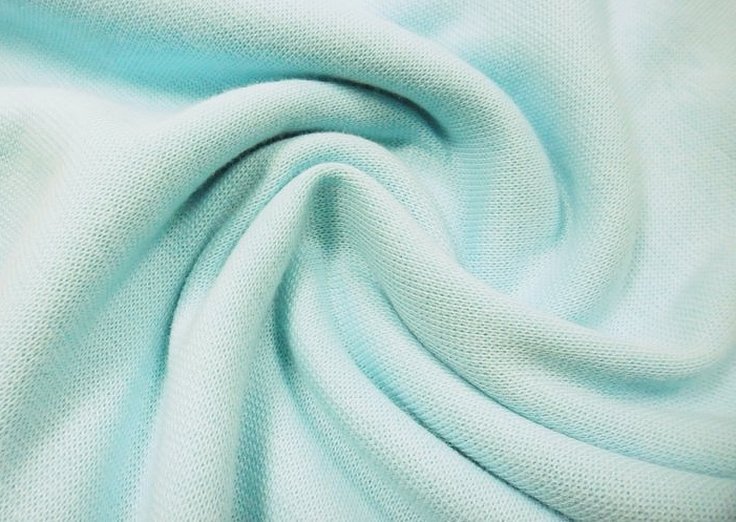
Manufacturing process
Knitted fabric is made by knitting. In this process, the threads create loops that, when connected to each other, form a single piece of fabric. In knitting fabric, only one thread is used, passing from one row of loops to the next. This knitwear is called cross-knit. The knitting process takes place in workshops on special knitting machines. They knit the fabric automatically, alternately forming the front and internal loops of the fabric. The ratio of front and internal loops is usually 1 to 1. However, knitting machines can also be programmed to create fabric with a large number of elastic bands.
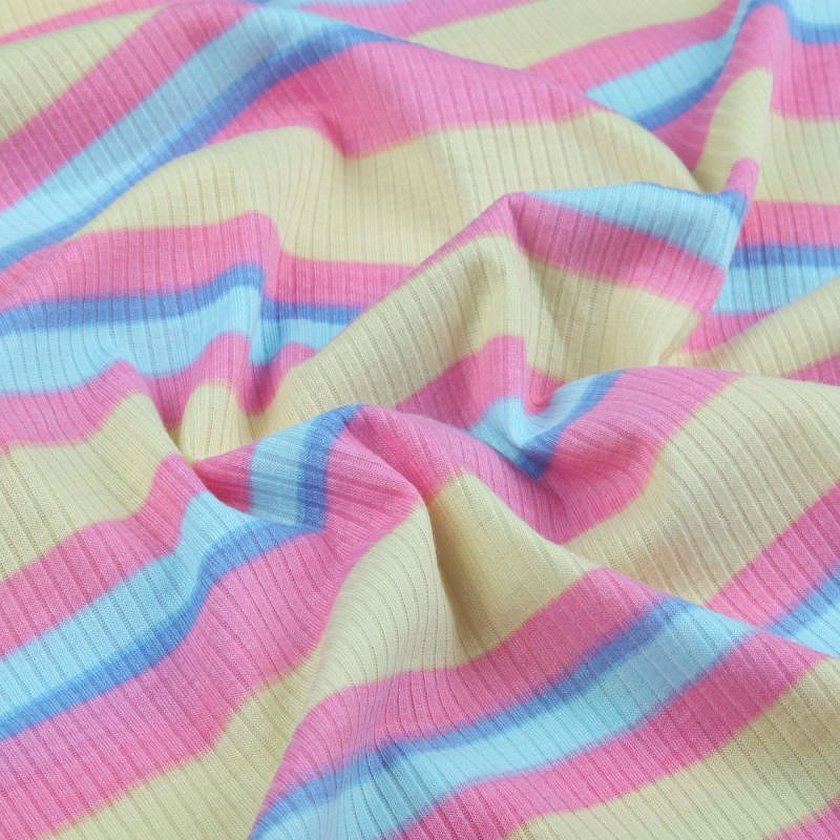
Types of ribana, what kind of fabric it is and what is sewn from it
Classified according to the following criteria:
- Depending on the composition. One hundred percent cotton fabric without the addition of synthetic elements. Fabric containing 95% cotton and 5% synthetic materials. For example, ribana elastic - what kind of fabric is it? It contains lycra, which increases the elasticity and flexibility of the fabric.
- Depending on the "ribbing" of the fabric and the ratio of internal and external loops. Smooth with fine "ribbing", ratio 1 to 1. With pronounced "ribbing", with a two- and/or three-fold ratio - openwork ribana.

Ribana knitwear, a very popular material among professional seamstresses, is widely used in the light industry. It is used to sew various types of clothing for children and adults: from sweaters to socks and underwear. Knitwear can also be used for decoration or as the main fabric.
What is sewn from ribana?
The most common products made from ribana are children's clothing and underwear, because clothing made from 100% cotton fabric is ideal for the body and does not cause allergic reactions. It is light, comfortable and practical. Excellent cardigans, T-shirts, vests, sweaters, dresses, sundresses, underwear for boys and girls are sewn from this fabric.

Openwork ribana is widely used. This type of fabric is used for sewing formal wear. Ball gowns and all kinds of festive outfits are usually made of this material. The characteristic feature of this type is the sophistication and relief of the fabric, which creates pretentiousness and elegance of things made from it.
Items made from ribana are ideal for sports and leisure, as they have excellent thermal insulation and hygroscopicity, and for the cold season, special thermal underwear with fleece is made.
Advantages and disadvantages of ribana knitwear
The advantages of this fabric include its practicality, long service life, eco-friendliness, elasticity and durability, hypoallergenicity, hygroscopicity and excellent thermoregulation. This material has practically no disadvantages, except that wet clothes take a long time to dry, and the color of cotton can fade under the influence of direct sunlight.
Important! Smooth ribana can be easily damaged if not properly cared for.
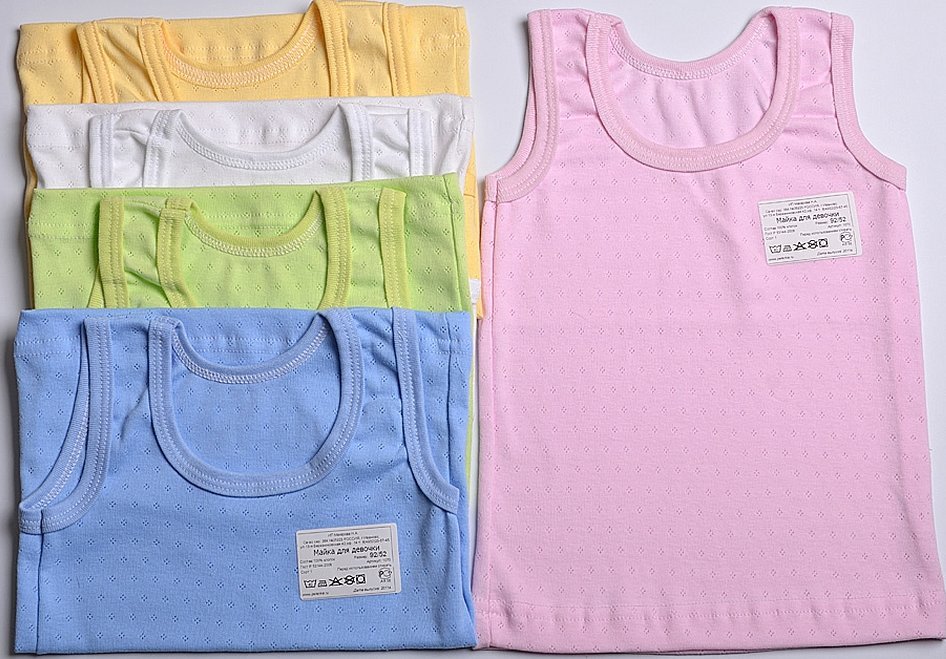
Cutting and sewing techniques using ribana
For those who are trying to sew a ribana item for the first time, it is important to follow the recommendations of experienced craftsmen on working with this fabric:
- The cutting should be done according to a previously prepared tracing paper (diagram). In some cases, the model is replaced by cut-out paper blanks. Then they need to be transferred to the fabric and the necessary blank shape cut out.
- Do not stretch the fabric transversely during cutting, as this may confuse the loops. Their direction must exactly correspond to the grain line, which is marked on the fabric with chalk in the form of arrows.
- The pieces cut from the fabric must be fastened manually using needles or pins.
- Next comes the fitting process: the fastened parts are tried on and adjusted to the figure. After the fitting and shrinkage, you can begin sewing and subsequent processing of the material.
- Regardless of the type of knitted fabric used for cutting, it is recommended to sew the ribana parts using an overlock. If you do not have this tool, you can use a regular sewing machine for sewing, making narrow stitches, about 2.5 mm long and no more than 0.5 cm wide. The advantage of this seam is that it does not tighten the fabric. When working with the fabric, it is necessary to maintain intervals of about 1.5 cm from the edges.
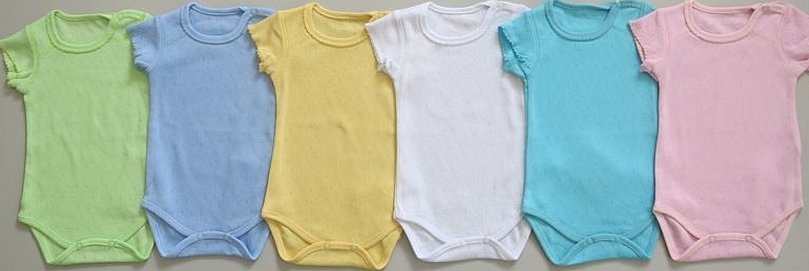
Important! During the process of sewing the fabric, it must not be stretched, as this may damage the parts.
To avoid stretching of the seams on the created item, it is recommended to use a special lining fabric.
Additional information! As a rule, woven interlining is used for lining because it is elastic and stretches well.
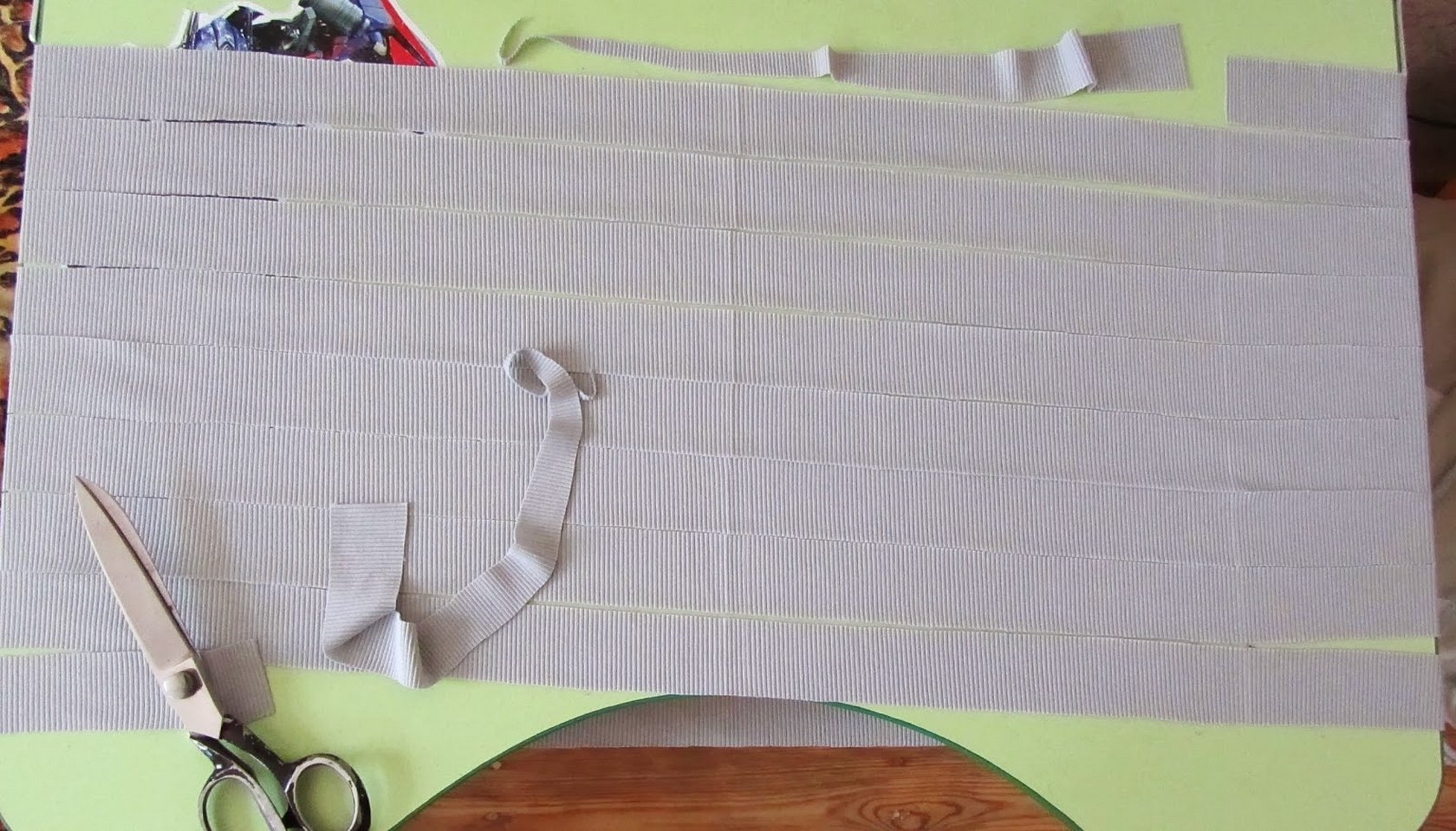
How to care for ribana at home
To prevent items made from ribana from becoming unusable prematurely, it is worth following simple rules for caring for this material:
- Knitwear should be washed at a temperature of no more than 30 °C, using the “delicate wash” mode in the washing machine.
- The washed fabric should not be twisted or squeezed, as this may lead to deformation of the product.
- It is recommended to dry ribana clothes after washing in a straightened horizontal position. Before drying, it is necessary to absorb excess moisture with a terry towel.
- Ironing of ribana is done with an iron on a low heat, or with a steamer.
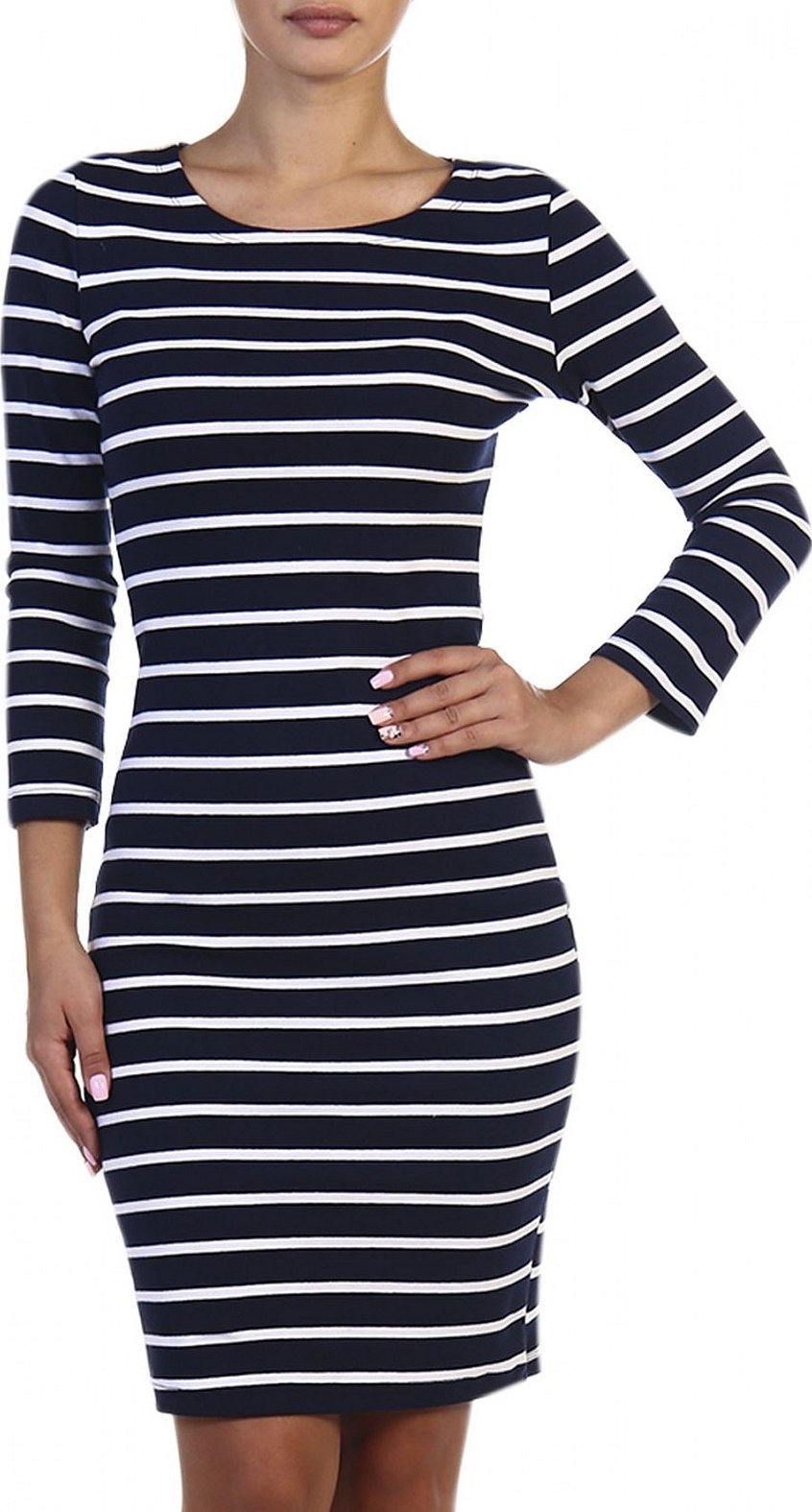
Consumer Reviews
Sergey, 21, Moscow: "I've been wearing a rib knit sweater for the second year in a row, and I'm very happy. The sweater fits the torso well and is pleasant to the touch. It keeps you warm in winter, and when it's warm, you don't feel any discomfort, since the fabric absorbs sweat well and doesn't stretch. I didn't find any drawbacks."
Natalia, 39, Perm: "I sewed a melange dress from this material for the prom. Thanks to the openwork fabric, it looks very elegant and natural. I am very pleased with the material, you feel light and comfortable in the dress. The photo shoot in it brought a lot of positive emotions and joy."
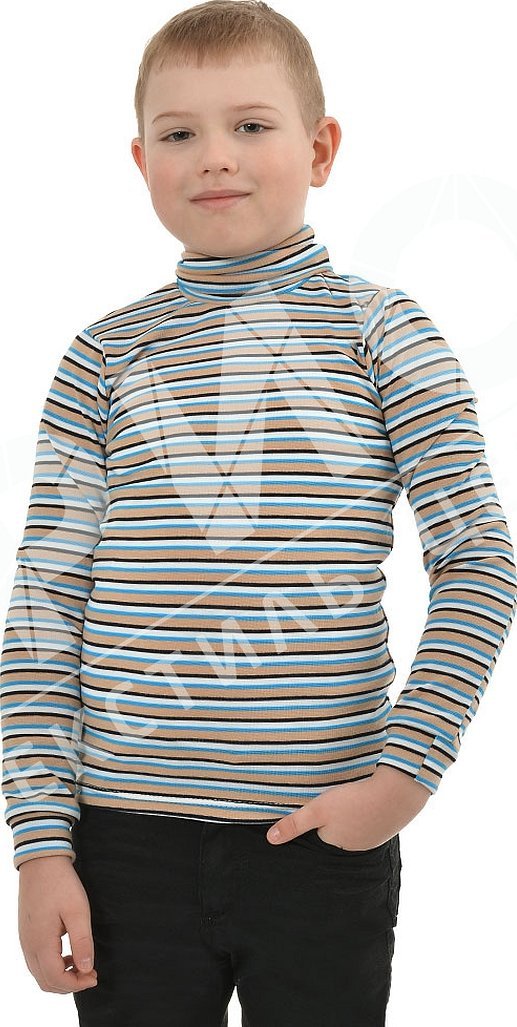
Larisa, 61: "I recently bought rompers and a T-shirt for my granddaughter, choosing those that use rib-cotton lycra. Lycra material is what you need for a child: it's pleasant to the body and does not cause allergies. Stains are washed out very well, and after washing, the items look like new. I recommend them to everyone!"
Thus, ribana is an excellent option for knitted fabric, from which clothes for everyday wear are sewn. It is important to follow simple rules for caring for the material so that it does not become unusable prematurely.




